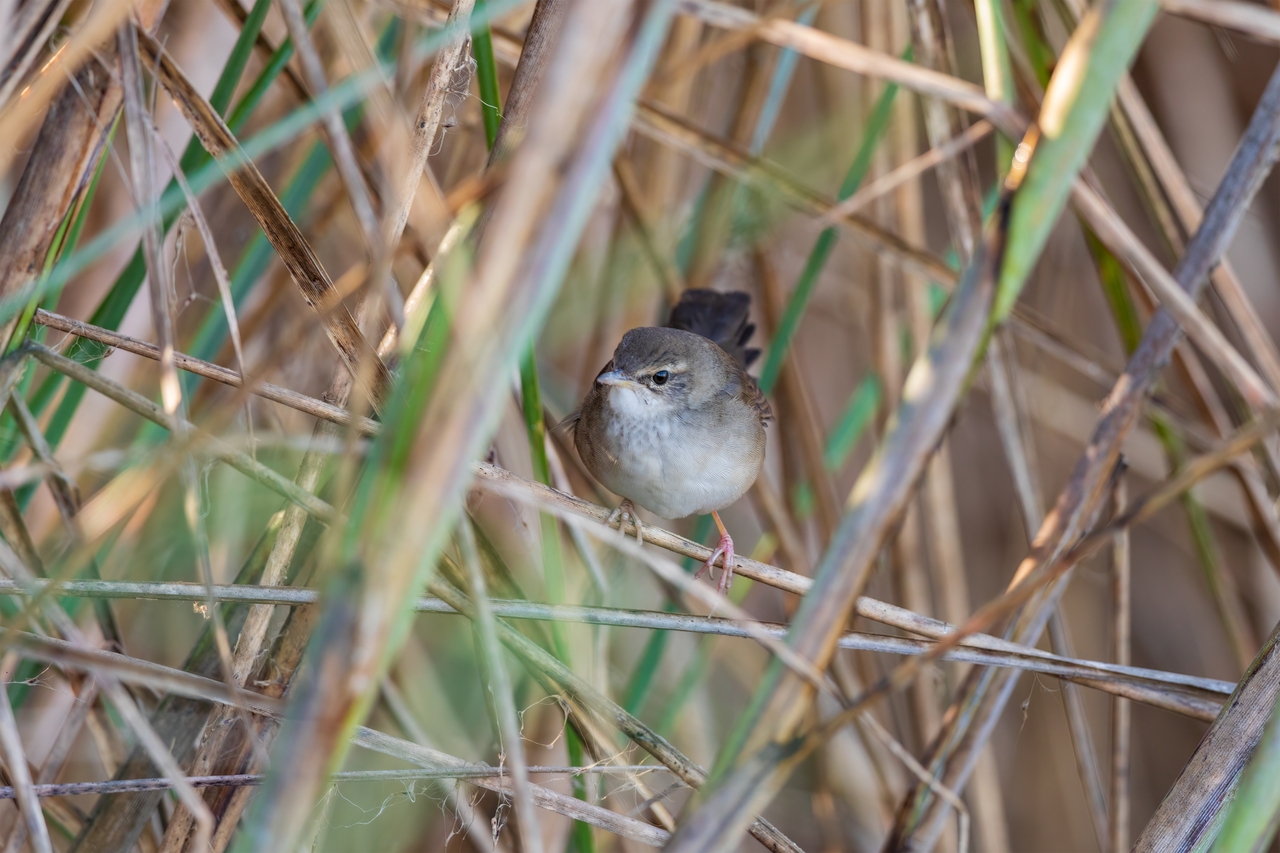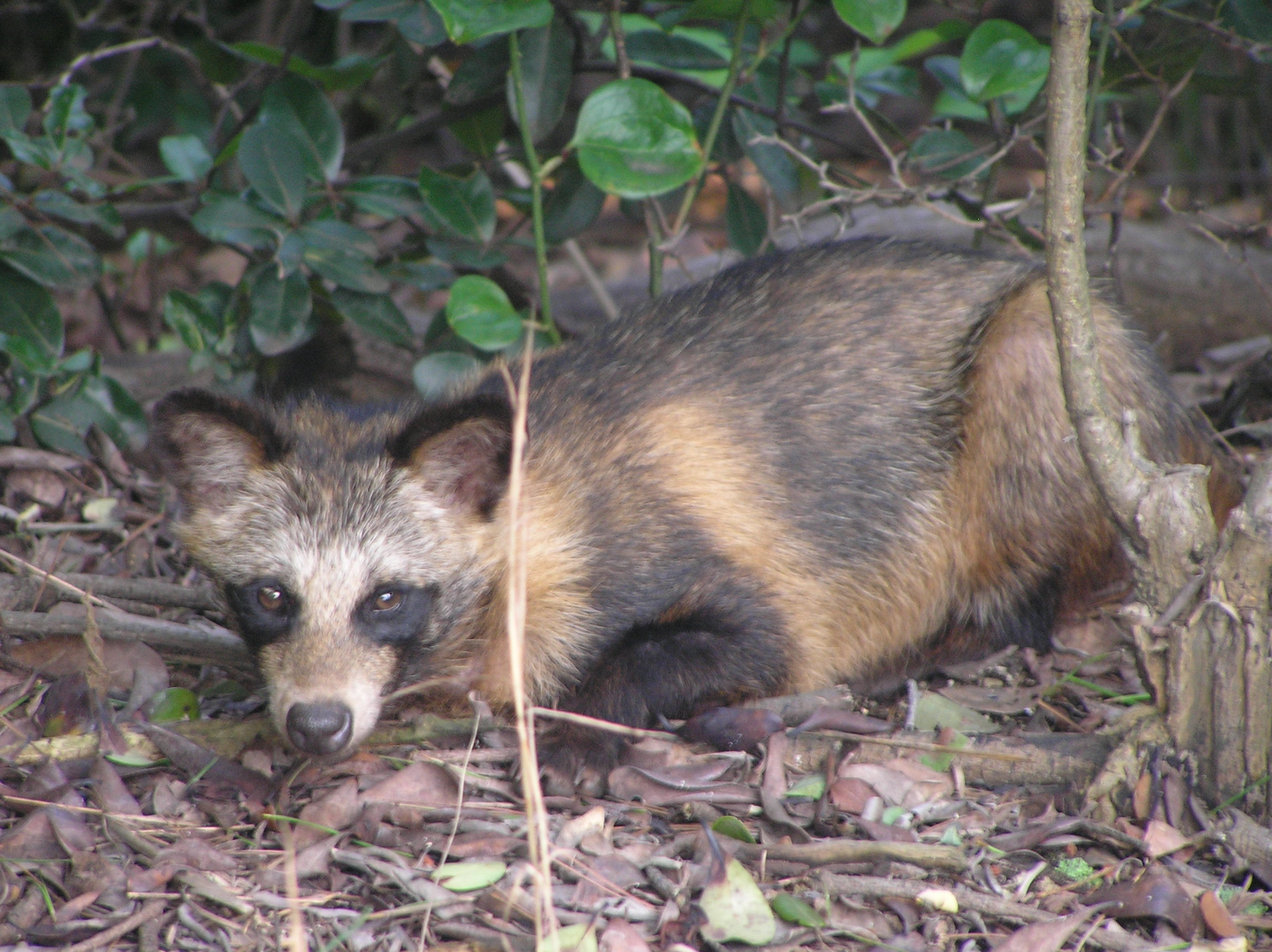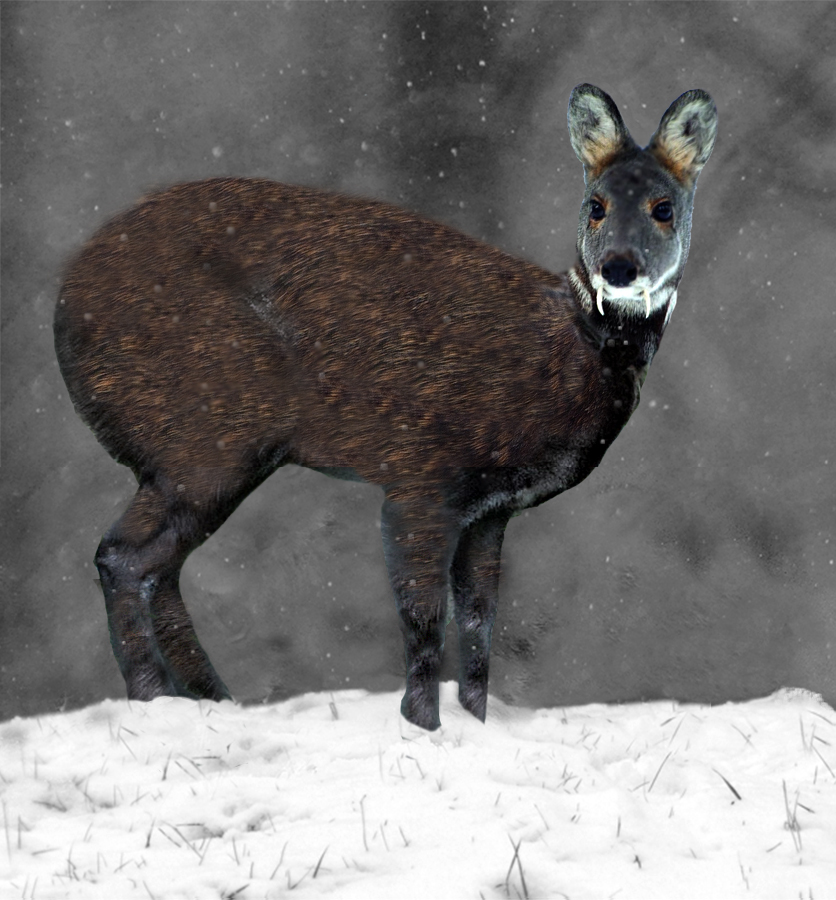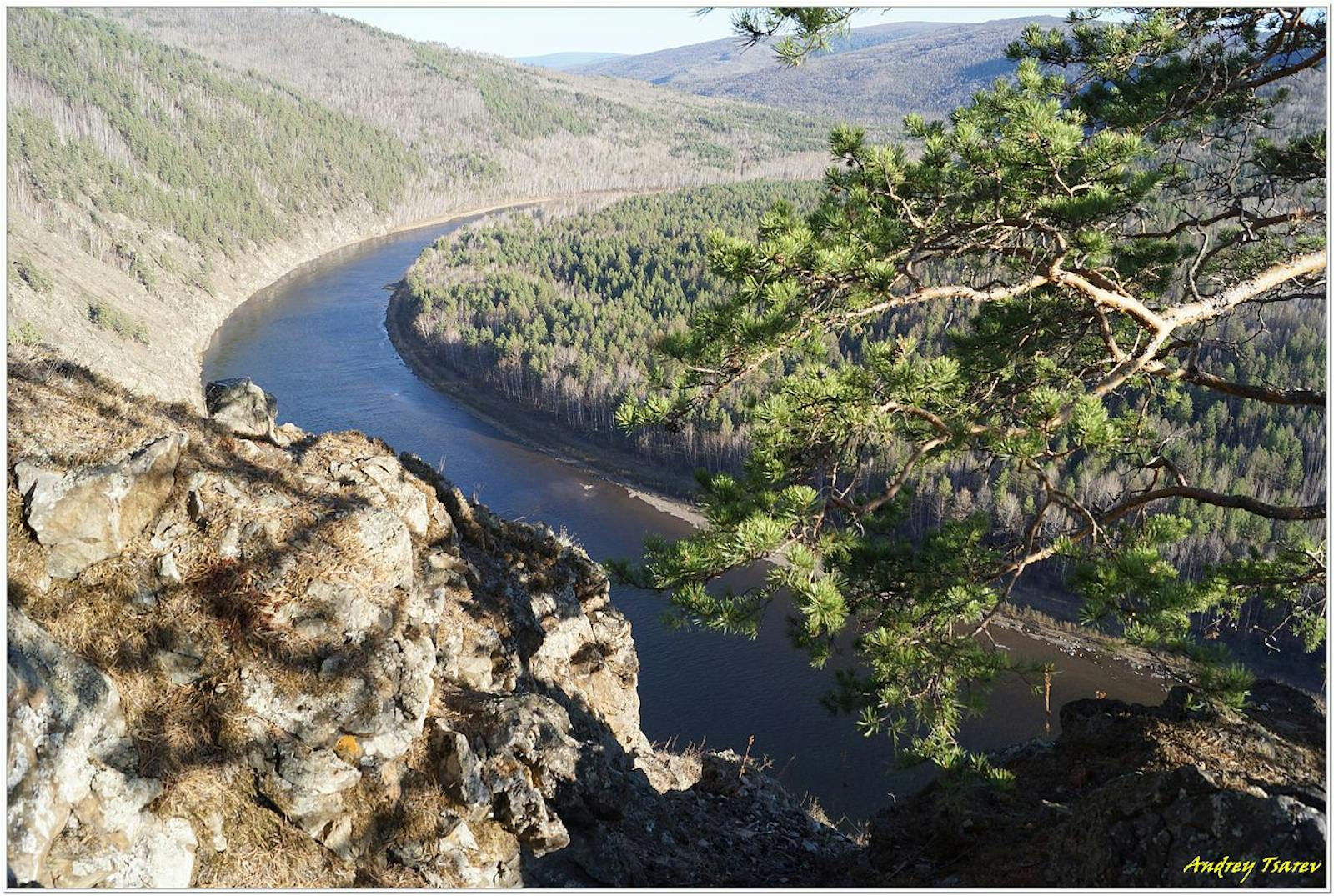Trans-Baikal Conifer Forests
The ecoregion’s land area is provided in units of 1,000 hectares. The conservation target is the Global Safety Net (GSN1) area for the given ecoregion. The protection level indicates the percentage of the GSN goal that is currently protected on a scale of 0-10. N/A means data is not available at this time.
Bioregion: Siberian Boreal Forests & Mountain Tundra (PA7)
Realm: Subarctic Eurasia
Ecoregion Size (1000 ha):
2,679
Ecoregion ID:
718
Conservation Target:
41%
Protection Level:
9
States: Papua New Guinea, Indonesia
Revered and worshipped as the birthplace and resting place of Genghis Khan, this mountainous ecoregion is where the dark, evergreen forests of western Siberia meet the lighter deciduous larch forests of eastern Siberia and the dry grasslands of the Daurian steppe. Siberian musk deer and marmots take advantage of the differing habitats. It is a haven for delicate white-naped cranes and cryptic Baikal grasshopper warblers.

The flagship species of the Trans-Baikal Conifer Forests ecoregion is the Baikal grasshopper-warblers. Image credit: Wikipedia, Zeynel Cebeci (CC by 4.0)
The ecoregion is centered on the Yablonoi and Khentii Mountains, straddling the border between Russia and Mongolia. Narrow extensions include slopes of the Khamar-Daban Ridge and the Barguzin mountains. These mountain ridges to the south and east of Lake Baikal experience abrupt transitions in climate depending on altitude and aspect, which result in dramatically different vegetation zones. Parts of the ecoregion lie in the zone of permanent permafrost. In the southwest, the average monthly temperatures are -20.7–17.1°C. The average annual temperature is -1.7°C, and annual precipitation is around 356 millimeters. In the northeast of the ecoregion, the average annual temperature has dropped to -11.2°C, average monthly temperatures are -37.2–15.9°C, and mean annual precipitation is 288 millimeters.
Here, the dark-needled taiga forests of western Siberia meet the light-needled taiga of eastern Siberia. Moister northern and western aspects are covered by Siberian pine with Siberian fir and Siberian spruce. On the drier southern and eastern side of mountains there is a lower forest zone of deciduous Siberian larch and Asian or European white birch. Siberian pine, fir, and spruce appear higher up, starting from around 1,200 meters.
A subalpine belt of meadows, shrubs, and sparse trees exists from 1,500 meters with tundra communities appearing above 1,700 m. In the south of the ecoregion, larch and birch zones appear on the cooler and moister northern aspects the southern sides are too dry to sustain forests. Instead, we find meadows or mountain steppe and rare pockets of relict Siberian elm. The underlayers of the forests include species such as Rhododendron dauricum, European blueberry, Siberian alder, great burnet, May-lily, and military orchid. Mosses and lichens are abundant.

Raccoon dog. Image credit: Image credit: Wikipedia, Prue Simmons (CC by 2.0)
Large mammals such as moose, wapiti, grey wolf, brown bear, raccoon dog, and Eurasian lynx are all supported alongside many small mammal species. The vulnerable Siberian musk deer feeds on the lichens of the conifer forests whilst cinereous vultures soar overhead. Elegant white-naped cranes nest in upland wetland areas, while the endangered Siberian marmot and impressive great bustard breed in the steppe areas. Endemic Baikal grasshopper warblers are found in forest clearings. Amphibians include the Japanese tree frog, living at the very edge of its range. Endemic Baikal sturgeon and enormous Siberian taimen inhabit the Selenga River.
The Trans-Siberian Railway runs through the ecoregion with a tunnel to avoid the heights of the Yablonoi Mountains. More than half of the Mongolian portion is covered by the Khan Khentii, Gorkhi-Terelj, and Onon-Balj protected areas, and Great Burkhan Khaldun Mountain and its surrounding sacred landscape is a World Heritage Site. Land on the southern side of Lake Baikal is included in the Lake Baikal World Heritage Site and the southern Russian area includes the Sokhondinskiy Biosphere Reserve, with increasing levels of cross-border conservation work. Fire has been very common from the start of the 20th century. In southeastern parts it is difficult to find forests that have not burned for over 25 years.

Siberian musk deer. Image credit: Wikipedia, Erik Adamsson (CC by 1.0)
Poaching is a problem in Sokhondinskiy. Climate change is threatening the trees of the ecoregion. Areas of Siberian pine and birch are dying, and this is associated with drought and reduced soil moisture. Forests on the southern aspect of mountains are particularly at risk, and attacks by bark beetles and wood borers are more common when the trees are already stressed. Illegal logging activities are widespread due to the proximity of the Chinese border and a market hungry for wood.
Priority conservation actions for the next decade
- Prevent illegal logging and poaching.
- Control and manage fire regimes.
- Access the potential impact of climate change to the ecoregion and prepare conservation and adaptation plans.
-
-
- Joint Research Centre of the European Commission. 2019. The Digital Observatory for Protected Areas (DOPA) Explorer 4: Trans-Baikal Conifer Forests. [Online]. [Accessed 28th November 2019]. Available from: https://dopa-explorer.jrc.ec.europa.eu/ecoregion/80609
- Mühlenberg, M., Appelfelder, J., Hoffmann, H., Ayush, E. and Wilson, K.J. 2012. Structure of the montane taiga forests of West Khentii, Northern Mongolia. Journal of Forest Science. 58(2), pp.45–56.
- Sizykh, A. and Shekhovtsov, A. 2017. Plant Communities of the Environments Contact Sites as Indicators of the Vegetation Genesis: Some Areas Of Lake Baikal Basin As Examples. International Journal of Ecosystems and Ecology Sciences. 2017. 7(2), pp. 347-352.
-
Cite this page: Trans-Baikal Conifer Forests. Ecoregion Snapshots: Descriptive Abstracts of the Terrestrial Ecoregions of the World, 2021. Developed by One Earth and RESOLVE. https://www.oneearth.org/ecoregions/trans-baikal-conifer-forests/
-

.png?auto=compress%2Cformat&w=300)

